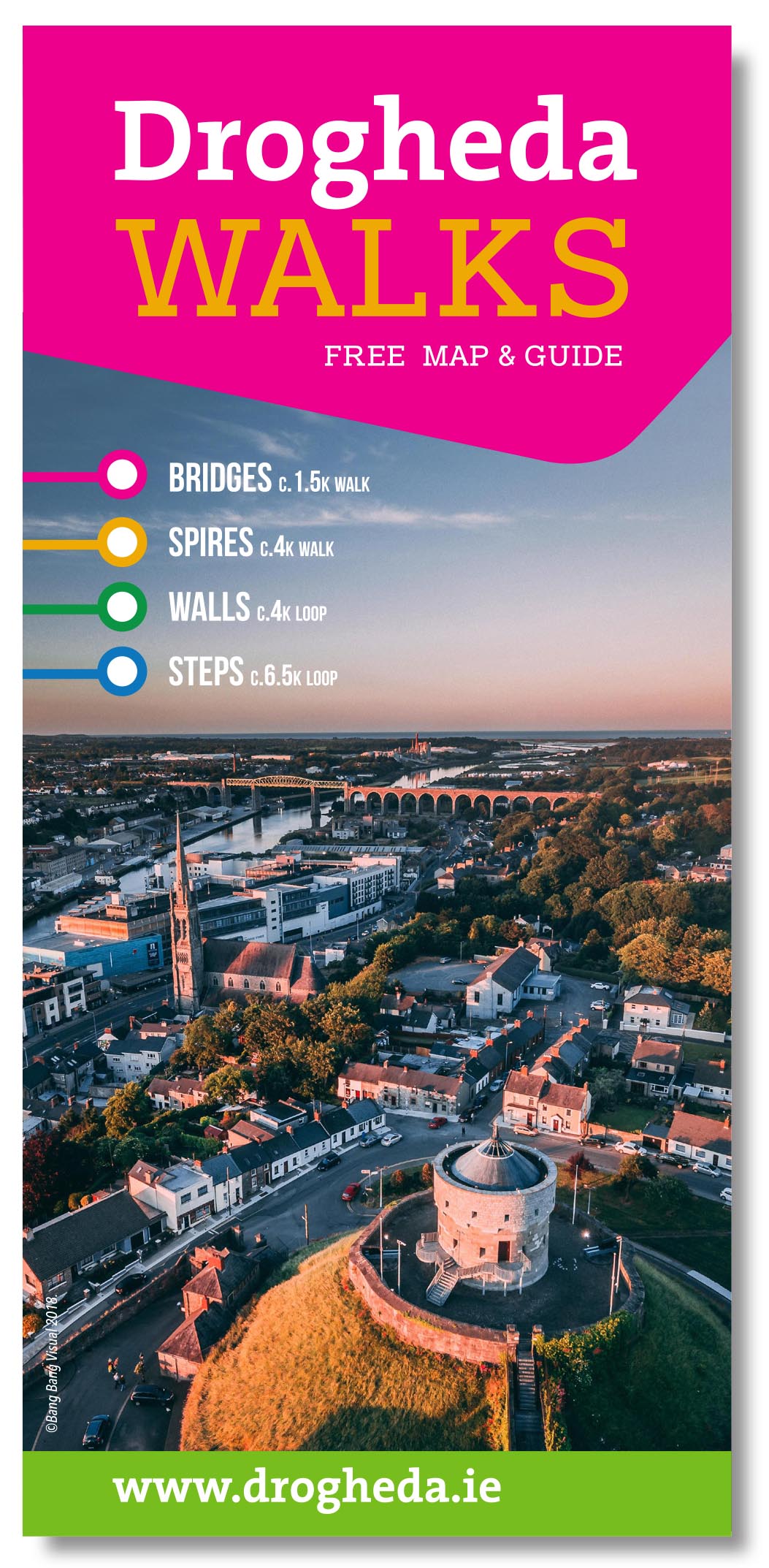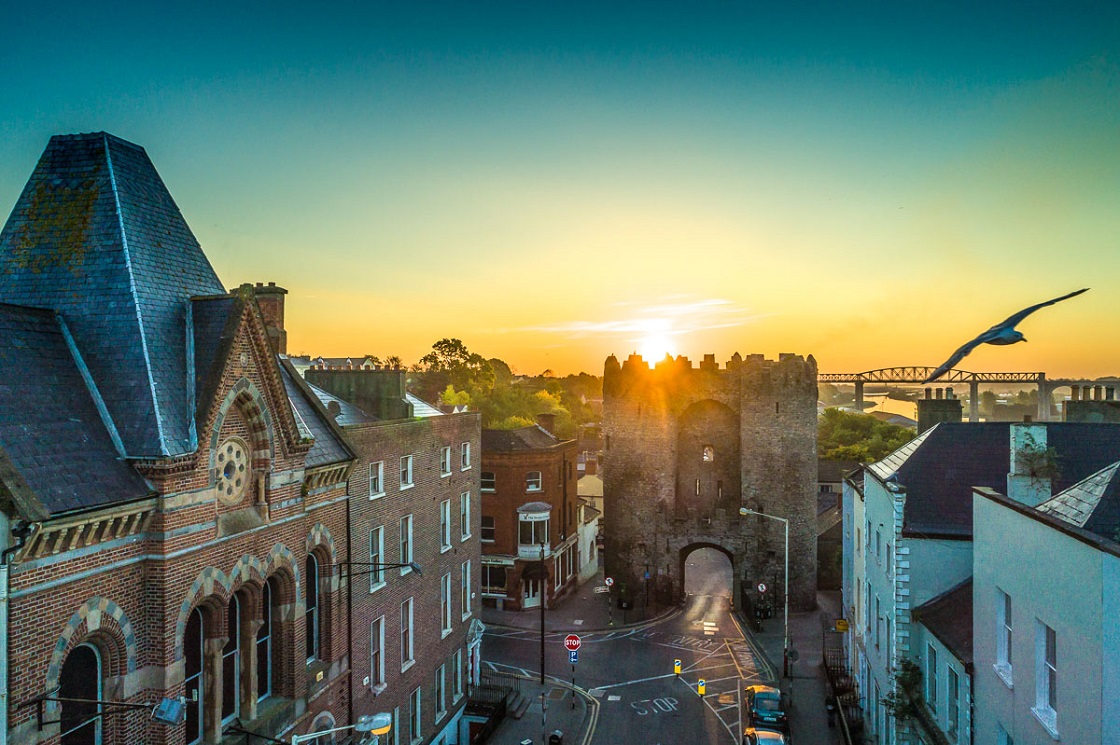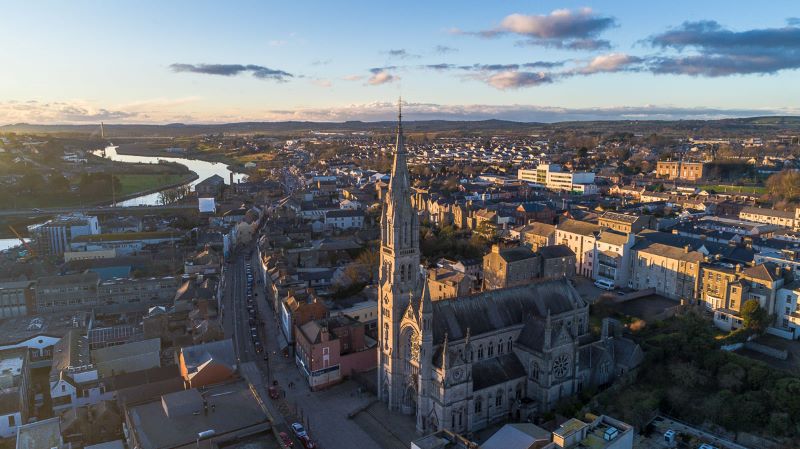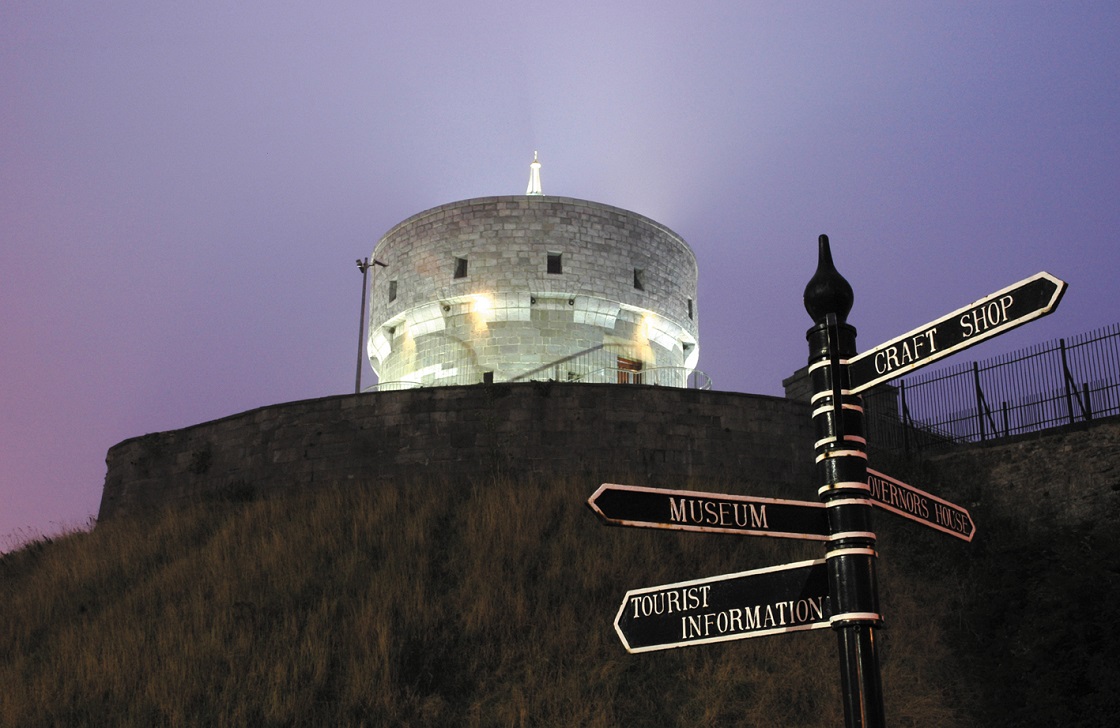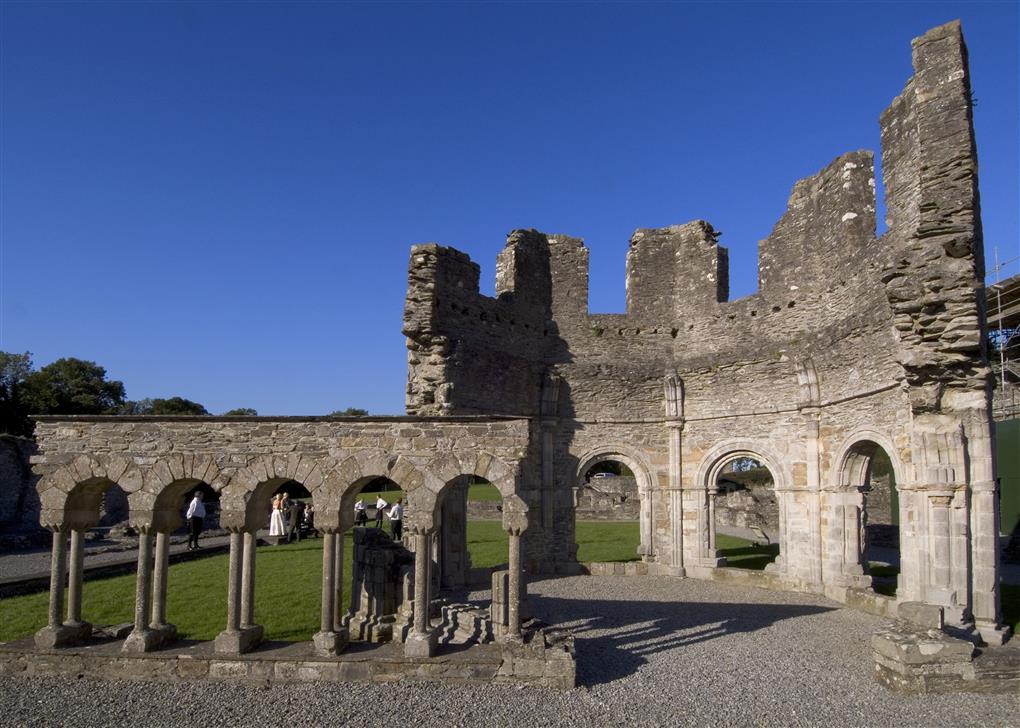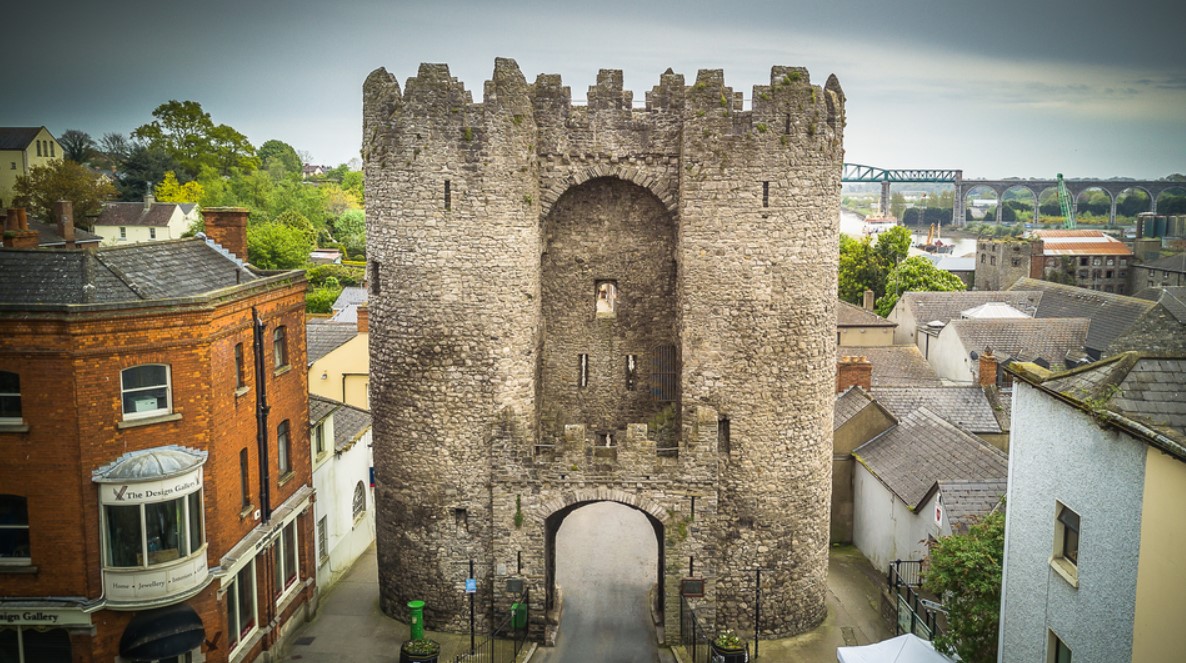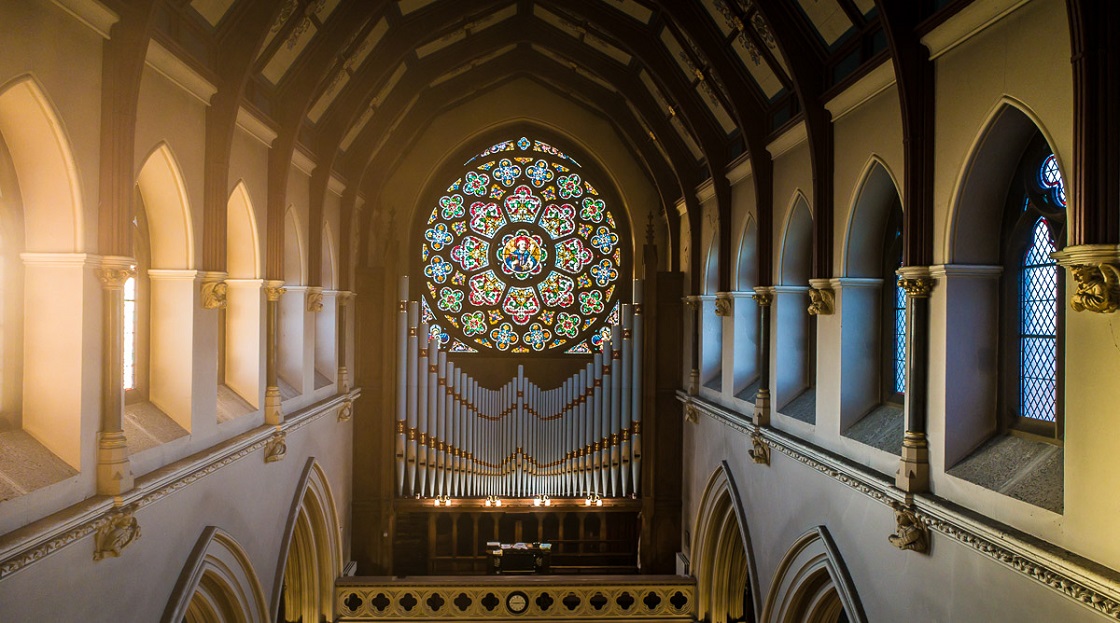Drogheda Museum, Millmount
Please note, the website millmount.net is currently under construction so for any further information, please contact the Museum directly or refer to their social media channels - Facebook: @DroghedaMuseumMillmount, Instagram: @droghedamuseum
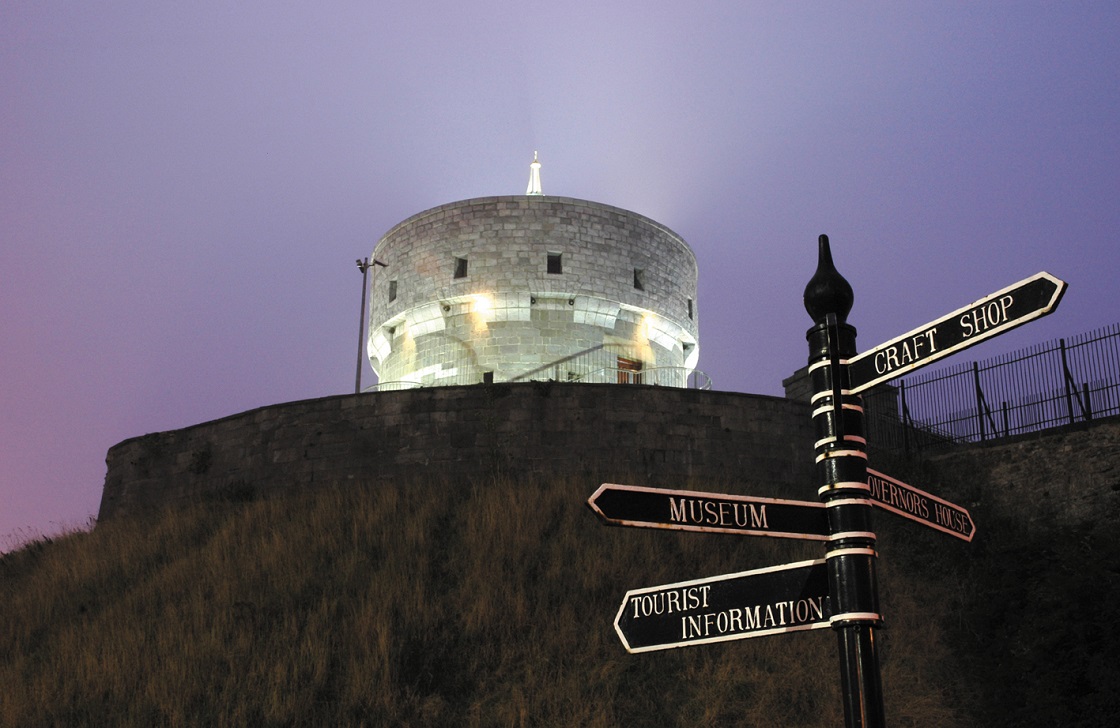
Drogheda Museum, Millmount Complex,Drogheda,Co. Louth
F: +353 (0)41 9841599
View your location on Google Maps here
Getting here - Drogheda Museum Millmount is located in the centre of Drogheda town on the south of the river Boyne. Buses and cars should turn into of the Dublin Road onto Mary Street at the Memorial, facing the new Scotch Hall Shopping Centre, and drive to the top of the hill. Turn right into Duleek Street and follow the road turning left into the Millmount Complex.
On foot from the Train Station follow the same route as above. From the Bus Station, Town Centre of tourist Office eirther take the steps to the right of Ollies Public House or walk up Barrack Lane to the Millmount Complex which is directly across the road from the Millmount Public House. Visitor Information
9:30 - 17:30
(Last trip to the Tower is at 16:30)
Museum and Tower
Adult: €8.00
Child: €4.00
Family: €20.00
Concession: €6.00


